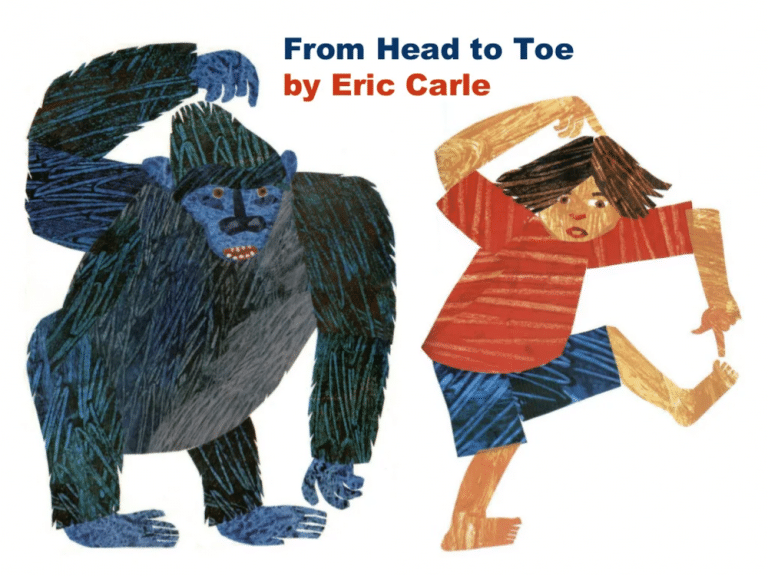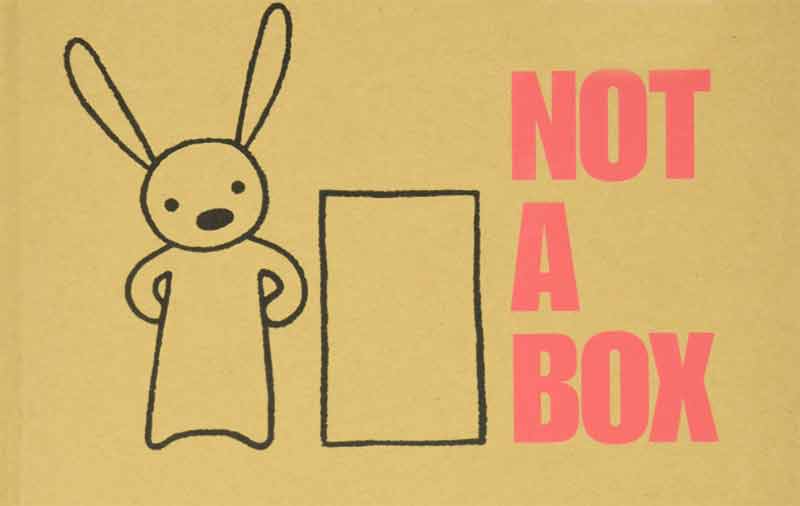TAKE-HOME STRATEGY
Supporting Cognitive Flexibility at Home

What It's About
Cognitive Flexibility is the ability to change our thinking when needed. It’s adjusting to something new, trying a different way, or dealing with a change in plans. Young children are just beginning to learn how to shift their thinking, so even small changes may be hard. That is why something like having to pick a different shirt can sometimes lead to strong emotions. Developing the ability to change thinking takes time and practice.
You can support your child by talking about change, helping them think of things in a different way, and providing support as they practice adapting to something new.
Here are some ways you can support Cognitive Flexibility at home. Keep in mind that you can change these activities to work for you and your child, based on their current abilities, interests, and what you have available at home. Make sure to use safe materials and watch your child closely during these activities.
Take a look, and try out your favorites!
Let's Pretend
Pop the Bubbles
Find a Solution
Dance Party
Sock Sorting
Change the Game
Quick Cues for Supporting Cognitive Flexibility
Some things you might do or say to help strengthen your child’s ability to think flexibly
Talk about Flexible Thinking
Describe what happens when you have to shift your thinking in-the-moment.
This can sound like:
“I see you are upset we can’t go outside. There’s a big storm. We can roll the balls inside!”
“That idea didn’t work so you are trying to figure out what to do next.”
“Hmmm. Well, I thought I would put this basket here, but it won’t fit. I’m going to think of a new place to put it.”
Prompt a Shift in Thinking
As children encounter difficulty, encourage them to think of things in a new way.
This can sound like:
“Can we try this way instead?”
“Have you tried turning it this way?”
“What do you think would happen if you…?”
Change the Play
Find ways to shift thinking during play without interrupting or taking over.
This can sound like:
“I see you moving your arms like a monkey! Monkeys like bananas, can you pretend to eat a banana?”
“Oh no! My dog is sick! Let’s take them to the veterinarian, the pet doctor.”
“We are all out of green paint for the grass. What can we do?”
Our Book Recommendations for Supporting Cognitive Flexibility
Engaging stories that support children’s flexible thinking

From Head to Toe
Written and illustrated by Eric Carle, this book encourages children to think flexibly as they pretend to be different animals.
Have fun with it:
In addition to the ways shown in the book, model or brainstorm different ideas for imitating animal movements.

Not a Box
Written and illustrated by Antoinette Portis, this book is about a bunny whose imagination and creativity turns a box into everything but a box!
Have fun with it:
Find an empty, recycled box and pretend it is something different with your child.
More Strategies
We’re creating a library of resources like these so families can quickly and easily promote children’s development at home. Be sure to see all the strategies we have available!

